
Perthes disease is a relatively rare medical condition that generally affects children and develops due to a transitory loss of blood supply to the hip. The hip joint comprises the femoral head and the socket (the cup) that is formed by the acetabulum. In patients suffering from Perthes disease the femoral head suffers from avascuar necrosis. It is normal for a body to heal in a form of breaking down of this dead bone and its replacement with new bone. However, bone resorption in this particular case results in collapse and severe deformity.
Perthes disease most commonly affects children between the age of 4 and 10. It is more frequent among boys.
Perthes Disease Clinical Characteristics
Because bone resorption affects the hip joint, the child may complain about mild pain in the hip area and start to limp. Such symptoms can occur intermittently over a period of weeks, sometimes even months. Pain is either associated with bone resorption or originates from spasm of the muscles that surround the hip joint. It is located in the hip or the groin area, thigh and sometimes knee. All children complain about intensive pain when the affected hip is moved while rest can remove all the negative sensations.
Diagnosing Perthes Disease
This condition is easily confirmed with X-ray of the hip. It is recommended to take occasional X-rays during the course of treatment. This way doctors can have suitable insight in progression or improvement of the disease.
Perthes Disease Treatment
Only children who have shown very few changes on the X-ray of the affected hip are only monitored and do not require any treatment at all. Others must be treated and the goal of the therapy is to improve, if not completely restore, the hip's range of motion.Conservative TreatmentInflammation of the hip and synovium is achieved with NSAIDs such as ibuprofen. The drug may need to be taken for several months. Ibuprofen is adjusted and discontinued depending on the stage of healing. Since many children limp, they can benefit from crutches and must engage in specially designed physical therapy. Only in case there is confirmed progression of hip deformity, doctors recommend a cast which keeps the head of the femur within the joint socket.Surgical TreatmentThe goal of the surgery for Perthes disease is to provide with adequate alignment of the bones that create the hip joint. Once the doctor achieves most suitable alignment of the bones, they are attached by screws and plates which are later removed. After the surgery a child wears a cast for 6-8 weeks. After that he/she starts with physical therapy.
Long term prognosis of Perthes disease is good and the child returns to normal activities within 18 months to 2 years. Since girls tend to suffer from more extensive involvement, the prognosis in them may be poorer comparing to boys.


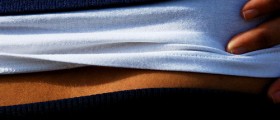
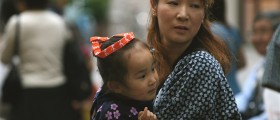
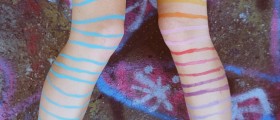


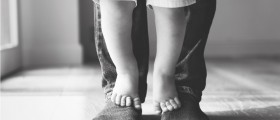

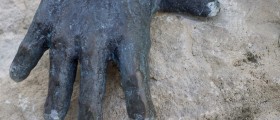

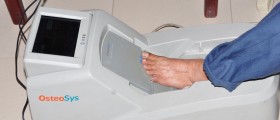


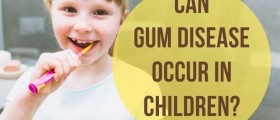
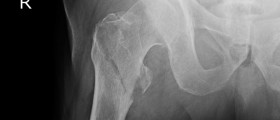

Your thoughts on this
Loading...